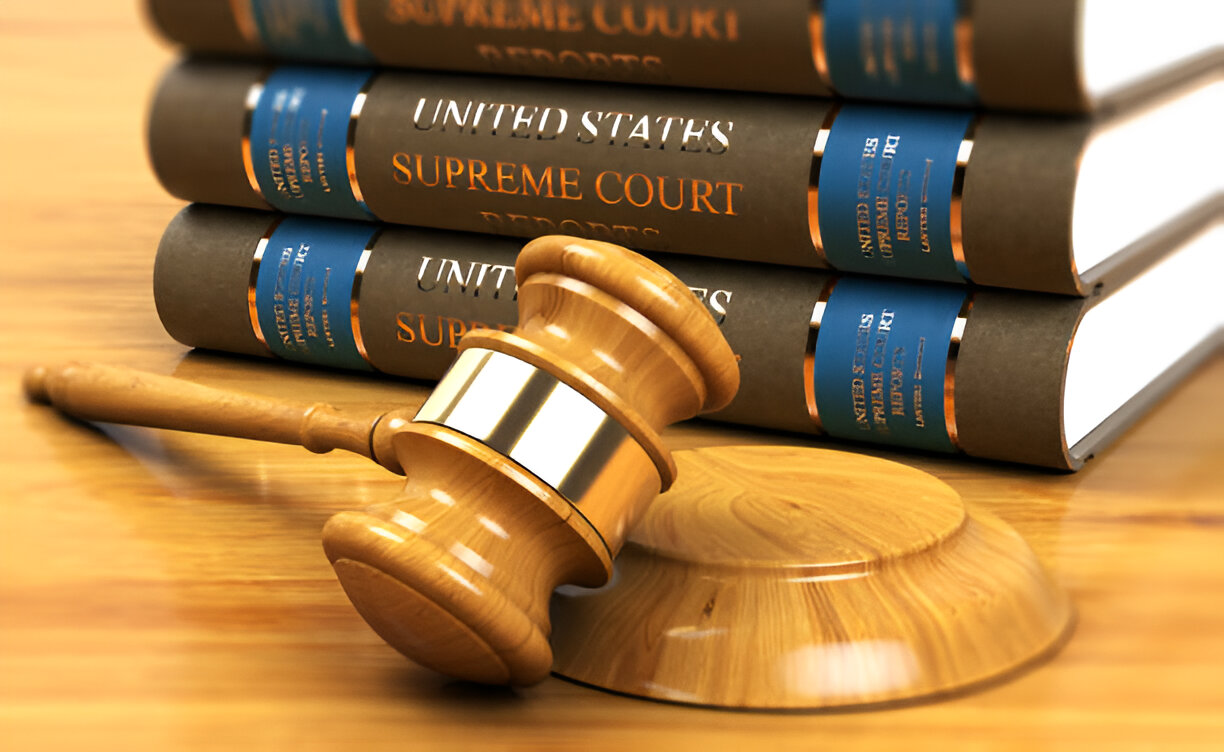The Second Amendment of the United States Constitution has long stood at the center of debate, conflict, and interpretation. From its earliest framing in 1791 to modern disputes over gun regulation, the meaning of the right to keep and bear arms has been a source of national contention. Among the voices examining this constitutional provision, John Enos offers a distinct perspective, combining historical analysis with a careful reading of Supreme Court rulings. His work highlights the evolution of the amendment and explains how judicial interpretation has shaped both public understanding and legal application.
Historical Foundations of the Second Amendment
To grasp John Enos’s interpretation, one must first appreciate the historical context in which the Second Amendment was written. In the late eighteenth century, the United States had recently won independence from Britain, a victory secured in part by armed militias composed of ordinary citizens. The Founders recognized that liberty could be threatened not only by external powers but also by internal tyranny. The amendment’s text—“A well regulated Militia, being necessary to the security of a free State, the right of the people to keep and bear Arms shall not be infringed was therefore intended to safeguard freedom against both dangers.
Role of the Supreme Court
Supreme Court rulings have played a decisive role in shaping modern interpretations of the Second Amendment. For much of American history, however, the Court avoided direct engagement with the amendment. This silence left wide latitude for differing opinions on whether the right was tied primarily to militias or extended broadly to individuals.
John Enos emphasizes that the Court’s eventual decisions reflected both evolving legal principles and shifting social concerns. By analyzing key cases, he shows how the judiciary gradually clarified the scope of the right while leaving significant questions unresolved.
Early Cases and Limited Reach
For decades, Supreme Court cases addressing firearms were indirect, often centered on state laws or procedural issues. In United States v. Cruikshank (1876), the Court ruled that the Second Amendment restricted only the federal government, not the states. Later, Presser v. Illinois (1886) reaffirmed this view, stating that states could regulate armed groups without violating constitutional rights.
Enos interprets these decisions as reflections of a post-Civil War era concerned more with state sovereignty and less with individual liberties. He notes that the Court’s reluctance to fully address the amendment left the debate unresolved for over a century.
District of Columbia v. Heller
The turning point came with District of Columbia v. Heller (2008), a case that directly confronted the individual right to bear arms. The Court struck down Washington D.C.’s handgun ban, ruling that the Second Amendment protects an individual’s right to possess firearms for lawful purposes such as self-defense within the home.
John Enos highlights Heller as a landmark decision that reshaped the legal landscape. He explains that the ruling moved beyond collective interpretations tied to militias, recognizing the individual right explicitly. However, the Court also acknowledged that the right is not unlimited, allowing for reasonable regulations. Enos argues this balance between freedom and regulation reflects both original intent and modern realities.
McDonald v. Chicago
Two years later, in McDonald v. Chicago, the Court extended Heller’s ruling to the states through the Fourteenth Amendment. This decision established that individual gun rights are fundamental and apply across all levels of government.
Enos interprets McDonald as completing a constitutional shift that began in Heller. By incorporating the Second Amendment against the states, the Court ensured that local and state governments could not disregard its protections. For Enos, this reinforced the idea that armed citizens remain central to the preservation of liberty.
Modern Implications and Continuing Debates
Even after Heller and McDonald, the Supreme Court has left many issues unresolved. Questions about what constitutes “reasonable regulation,” the limits on certain types of firearms, and the balance between public safety and individual rights continue to spark heated debate.
John Enos acknowledges these complexities but insists that the guiding principle should remain rooted in both historical intent and constitutional fidelity. He warns that ignoring the original purpose of the amendment risks undermining the very liberties it was designed to protect.
John Enos’s Broader Argument
Beyond the legal rulings themselves, Enos stresses the cultural and philosophical significance of the Second Amendment. He argues that firearms ownership reflects not only constitutional rights but also the American tradition of self-reliance and resistance to tyranny. Supreme Court rulings, in his view, must be read not in isolation but in the broader context of preserving a free society.
Connecting Legal Interpretation with Scholarship
For readers who want to explore these ideas further, John Enos presents a comprehensive study in his writings. His work bridges the gap between legal scholarship and historical narrative, making complex rulings accessible to a broad audience. Those seeking to deepen their understanding of the Second Amendment’s judicial evolution can buy the book The Right to Keep and Bear Arms, where Enos expands on these arguments with detailed references to both history and case law. The book not only traces the amendment’s roots but also explains why contemporary debates cannot be understood without reference to the Supreme Court’s role in shaping constitutional meaning.
Conclusion
John Enos’s interpretation of the Second Amendment through Supreme Court rulings highlights the dynamic tension between historical intent and modern application. From early cases that limited the amendment’s reach to landmark decisions like Heller and McDonald, the Court’s rulings reflect both continuity and change. Enos underscores that the right to keep and bear arms remains central to American liberty, not only as a constitutional guarantee but as a cultural cornerstone.
